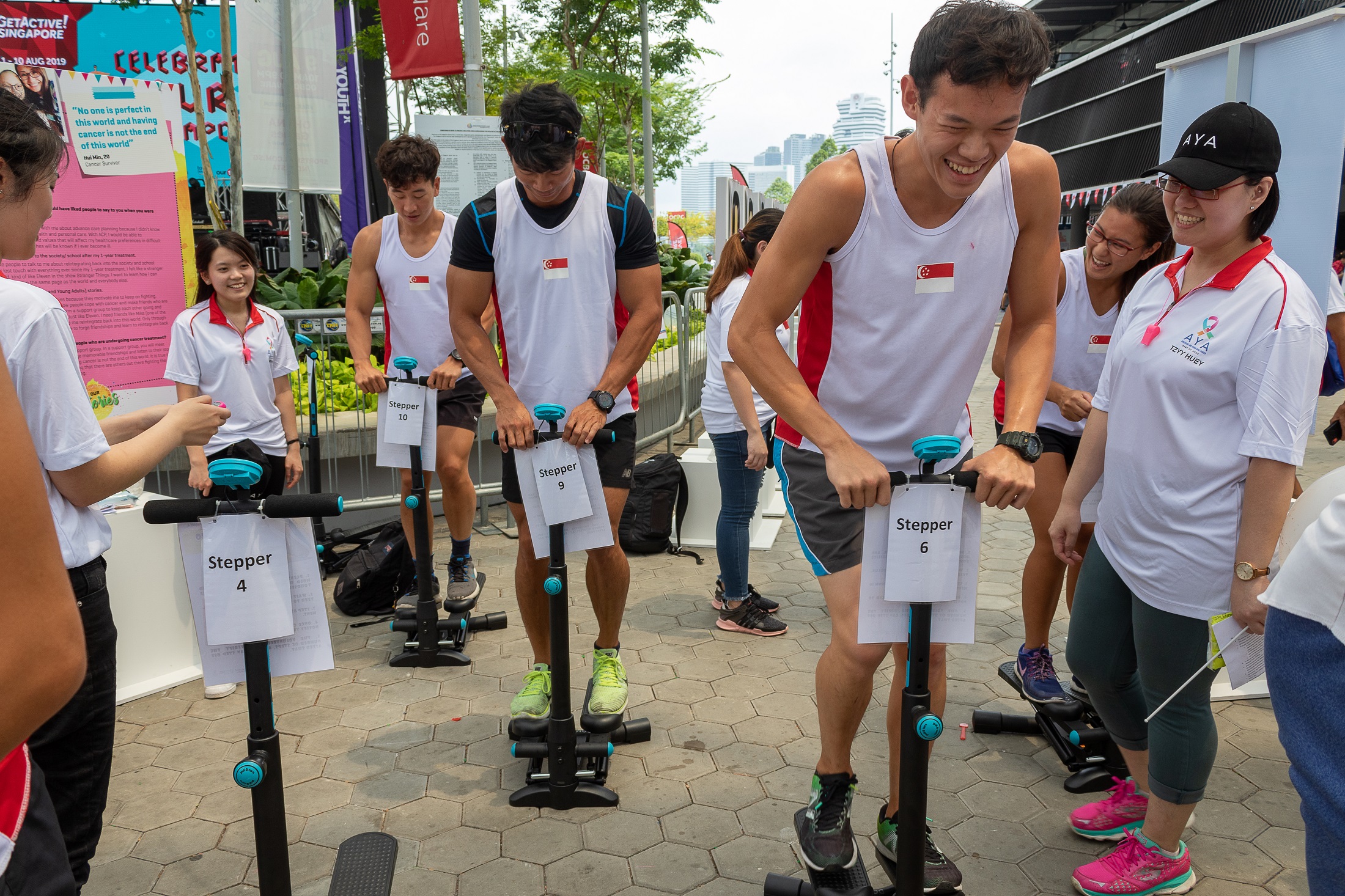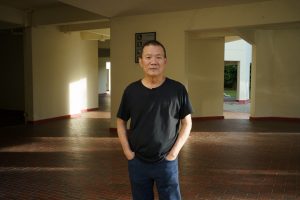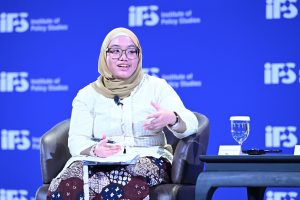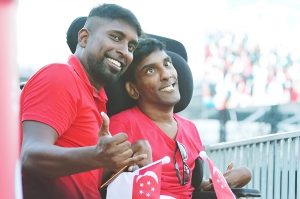Imagine that life is an exercise machine.
If so, most of us would get to saunter leisurely on treadmills, at the lowest setting possible, taking our time to smell the roses on our journey. Maybe we might even jog and sprint every now and then. Whatever it is, we’re always in control of our pace.
Young people, supposedly the strongest and fittest, would also have the easiest time.
But when you have a terminal illness like cancer, even young adults will struggle to keep up.
In August, The National Cancer Centre Singapore’s (NCCS) Adolescent and Young Adult (AYA) sarcoma support group organised an event to raise awareness for cancer. It rallied Singaporeans to join them in reaching 500,000 steps through ‘stepper’ machines.
These steppers are essentially torture racks imported from the Middle Ages. My first minute on this pseudo-elliptical is still breezy, but then the burn kicks in, battering quads and squeezing lactic acid out of calves. After five minutes and 600 steps, I curse the demiurge of aerobics, shambling off the machine.
I can always get off the stepper whenever I want. But the pain and exhaustion felt by cancer patients undergoing treatment can’t be put on hold. To bring back the exercise machine analogy, fighting cancer is like perpetually being on a stepper.
Getting the general public to empathise with cancer patients forms part of the event’s rationale. But the event also shares stories of young people grappling with the effects of cancer, whether as patients or caregivers. While cancer is often seen as something that affects the elderly, or unfortunate young children, not much attention is given to youths’ experiences with the illness.
“But as a caregiver, it’s important for everyone to not lose hope.”
Christopher Cheong, Michelle Sng and Sasha Christian are Team Singapore athletes under the banner of ‘Athletes With Voices’, and are the faces of the event. All three were once caregivers, and have lost loved ones to cancer.
“The whole process was very emotionally and physically draining,” Christopher says, recounting his time with his late grandfather. “But as a caregiver, it’s important for everyone to not lose hope.”
All three athletes agree the fight against cancer has to be more communal, and they’re out here raising awareness so that there will be a more united front. They stress again and again that despite the bleak reality of terminal illness, there are people you can count on.
“The people that I could talk to more were people who’ve actually been through it before or are going through the same thing,” Sasha confesses.
Michelle echoes similar sentiments that empathy is preferable to sympathy. She shares about the difficulties of opening up and talking about these sensitive, emotional issues. Youth don’t want to be a burden, thus they bottle up their feelings, putting up a strong front for their loved ones.
But it’s easier to feel less alone and have genuine connections when the other party can relate to what you’re going through.
In that light, this event doubles as giving cancer patients and caregivers a sense of their numbers. Through greater visibility, cancer becomes less of a taboo, and more mainstream. It becomes easier to talk about it, to reach out knowing there are many undergoing experiences just like yours.
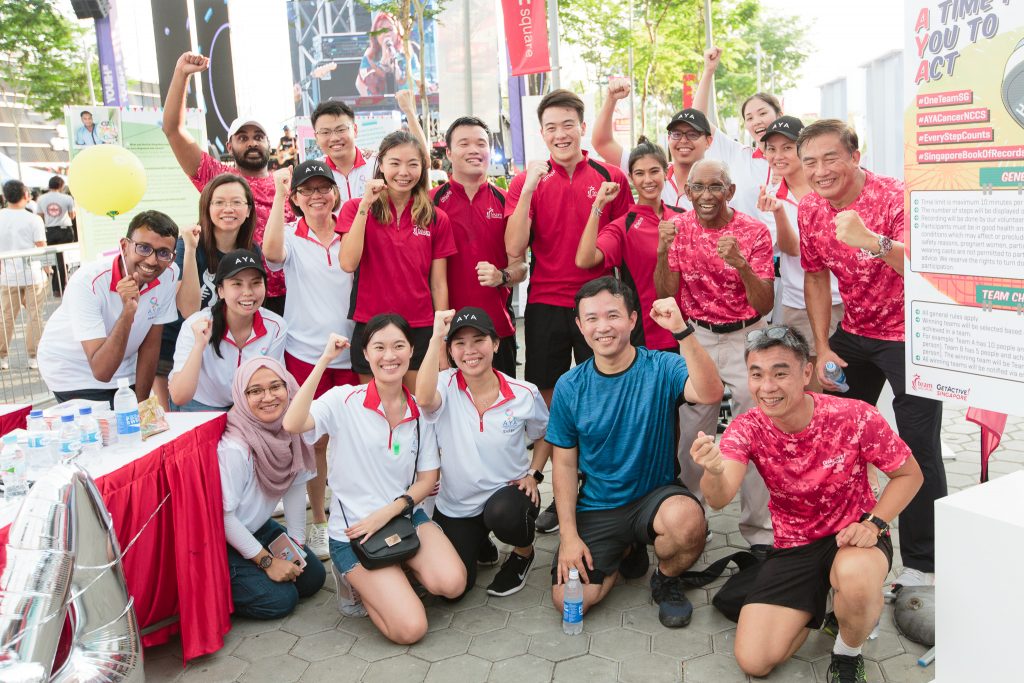
“There’s paediatric and geriatric oncology, but for patients aged 16-39 years old, there’s no specialised treatment or infrastructure for them,” she tells me. This AYA support group, founded in 13 Jan 2018 is one of the first of its kind in all of Asia.
You might roll your eyes at our snowflake millennials wanting special treatment for everything. But Eileen pulls data showing how as medical advances increase, cancer patients aged below 18 and above 40 have higher average lifespans. But for AYA patients, the improvements are dismal.
The United States, Canada, and Australia have begun research in AYA oncology to address this gap, but you can’t entirely map it over.
“Numbers and findings are similar and you can extrapolate the data, but there will be nuances,” Eileen tells me. “Not just differences in genetic makeup, but cultural factors as well.”
Specialised research is required because AYA patients have their own distinct issues, such as late treatment side effects, reintegrating with their peers, and fertility preservation.
“At 18-19 or even in your early twenties you don’t think of having kids,” Eileen tells me. With something as drastic and critical as cancer, there’s an urge to commence treatment immediately, repercussions be damned.
“But we’ve had cases where survivors have problems conceiving. One patient tried for 5-6 years and there was just an incredible amount of stress on her.”
So certain types of cancers and forms of cancer treatment can affect fertility. For women, ovarian and breast cancers are typical culprits, and chemotherapy drugs are known to decrease fertility.
To solve this, there are certain hormones that might put eggs to sleep in the case of breast cancer. But the efficacy of such measures—which have only been carried out in the West—are called into question in the case of Asians, or other forms of cancer.
Even for men, semen preservation can be very costly. Each step from collection, storing and freezing, thawing, and checking for viability all require payment. And no, you can’t just store it in your own fridge.
The various misconceptions and stigma around fertility preservation also cause a lack of awareness, which leads to a lack of funding. Eileen sighs at the inherent Catch-22 of medical research: to get funding, you need evidence that fertility preservation methods work, which requires human testing. But human testers don’t want to be experimented on unless there’s evidence.
“There’s a fear about becoming a human guinea pig, but we’re not seeking to exploit or take advantage of patients,” Eileen exhales.
A need for more research becomes more urgent when Eileen reveals that NCCS alone receives 400-500 new patients each year in this demographic. This excludes patients currently undergoing treatment and recovered patients under surveillance.
She believes this number is under-reported.

And this would include caregivers of cancer patients who are in the AYA demographic, because they can be just as impacted by the illness.
People like Christopher, Michelle, and Sasha.
Eileen shares another story of a 29-year-old patient who she recently lost. One of the patient’s last wishes was to get engaged, and after a solemnisation ceremony she soon fell into a comatose.
Now, her fiancee has the deal with the medical debts, because the patient didn’t have much insurance. He also has to take care of her mother who has her own medical problems.
“He’s only 30 plus,” Eileen says. “Many patients and caretakers are just starting their adult life, trying to figure things out. Then they’re burdened with loans and bills … how much savings can they have at this age? How much insurance can they buy? And aging parents can’t be relied on, because they’re now under these young adults’ care.”
With each example, I’m reminded of how much has to be done for the AYA demographic. And one important measure already in place, is the youth support groups NCCS hosts.
Much like how caregivers prefer talking to people who understand what their experience is like, cancer patients need a safe space where everyone’s gone or going through similar things. It’s impossible for a non-patient to understand what it’s like getting multiple injections, undergoing chemo, and feeling nauseated. Of the sharp oscillations in mood and energy that come with treatment—one moment feeling like you can conquer the world, and in the next just wanting to curl up into a ball and sleep.
“If a survivor tells a patient that they’ve gone through it, so can you, that would be much more convincing than a random stranger or even a practitioner telling you that,” says Eileen.
But if you’re like me, who’s never had experiences with cancer and still want to help, what can you do?
One recurring theme amongst AYA cancer patients is that they want to be seen and treated as normal. The last thing that they want is to be burdened with questions, or to be nagged at, even if it’s out of goodwill. Most patients want to take care of themselves, so don’t try to mother them.
“Offer to be there for them, and just listen,” Eileen advises. “Allow them to express their emotions. Presence is worth a lot more than words.”
She dabs at a tear forming in her eyes—not the first she’s had in our talk, and certainly not the last in her long career ahead.
“Don’t worry about the right thing to say because there isn’t. If you don’t know the answer it’s okay to say you don’t know.”
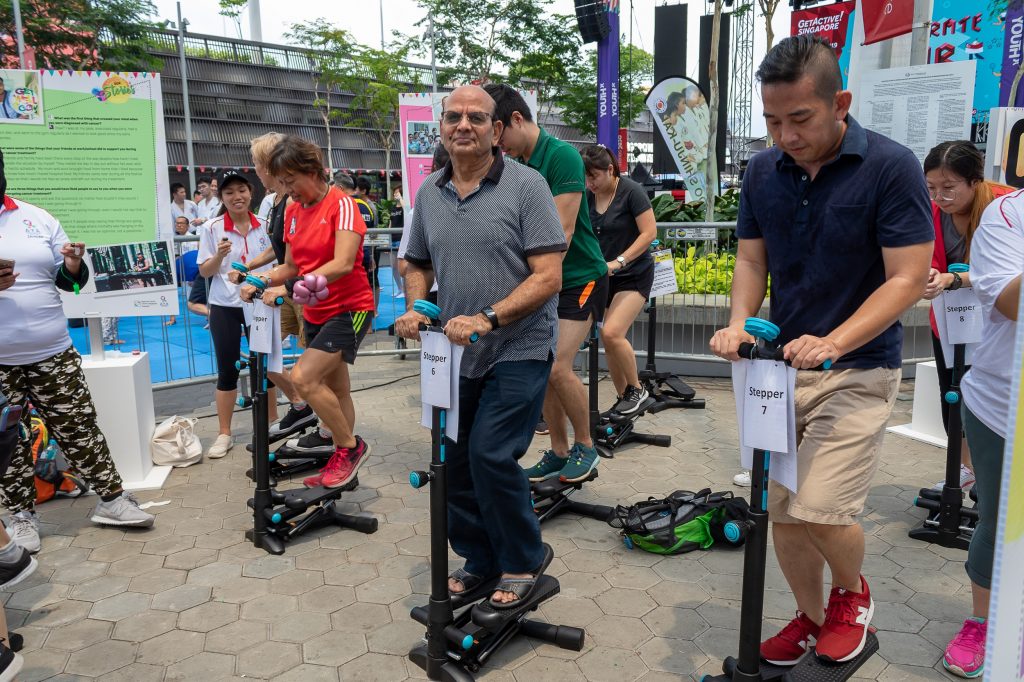
Given more time, there’s no doubt the goal would’ve been reached. Yet I can’t help feeling that this is but the first step, and there are still many more to be taken.
When I probe the athletes, there’s no clear call to action beyond ‘raising awareness’. There’s an outpouring of support from the public, including athletes from various organisations and even Minister Baey Yam Keng. Yet I’m not sure how far this would go with regards to changing anyone’s minds about cancer.
After all, how many people stopped by to read the stories of AYA cancer survivors and their caregivers? To talk to the athletes and volunteers on-site to learn more about the difficulties of this demographic?
Despite my legs feeling like lead from my first bout on the stepper, I decide to try for round two.
Watching group after group test their mettle on the stepper, I watch as friends drag each other, writhing and screaming. One group of ten even insists on being able to do the challenge together. It isn’t so much that misery loves company, it’s simply easier and more fulfilling to toil through hardships with others.
I’m here by myself, but I don’t have to be alone. While I was stuck in my own thoughts during my first attempt, I make the effort to be more social for my second.
The volunteers facilitating the event wave to me, and I return with a grin. An uncle next to me has a quick chat about keeping fit in old age. He soon taps out, hands on his hips, the aureate sunset framing his wiry silhouette. I watch a mother encouraging her son as he dawdles on and off the machine, giggling and not quite sure how structured exercise works.
And before I know it, I’ve completed another 600 steps.

